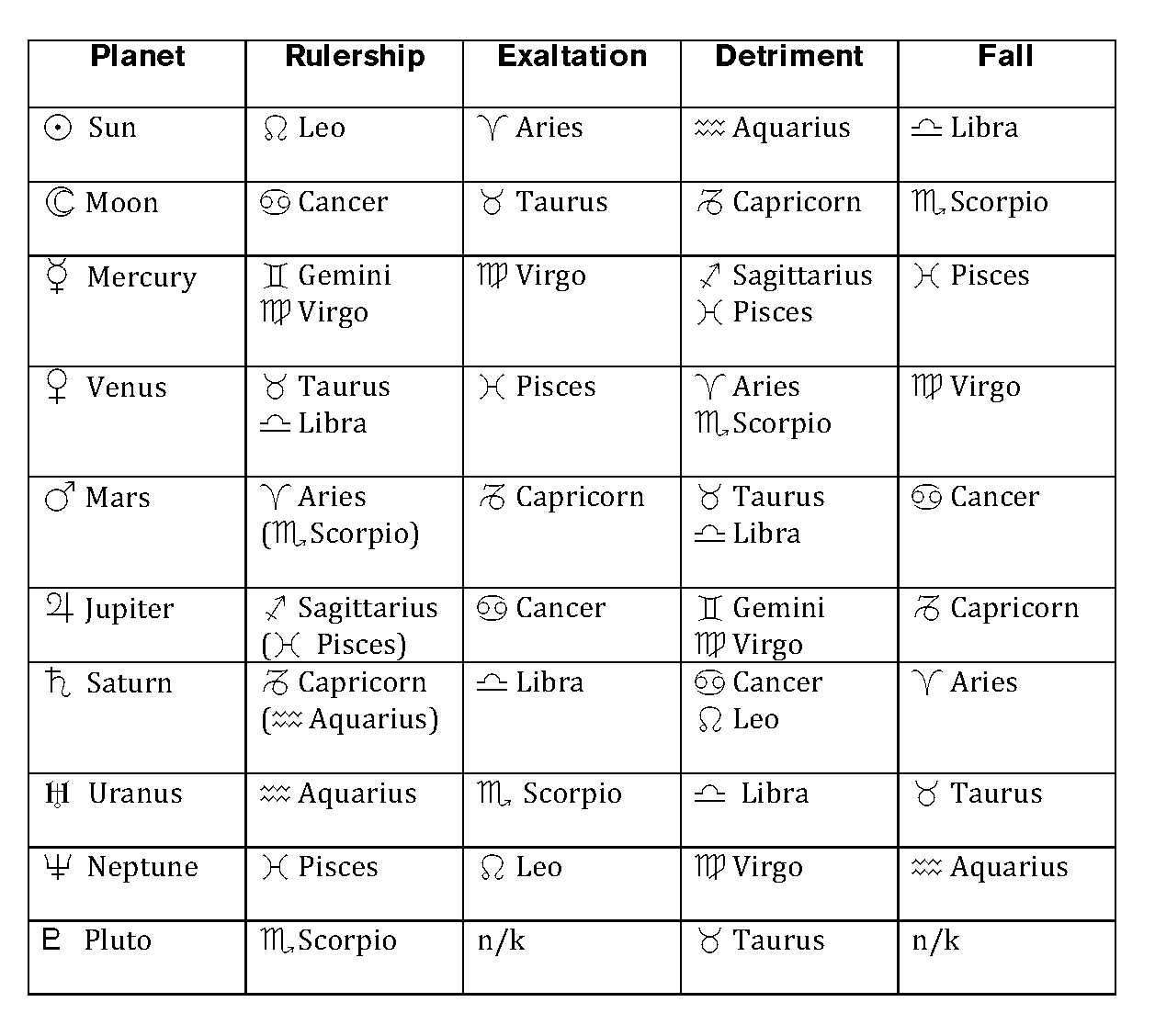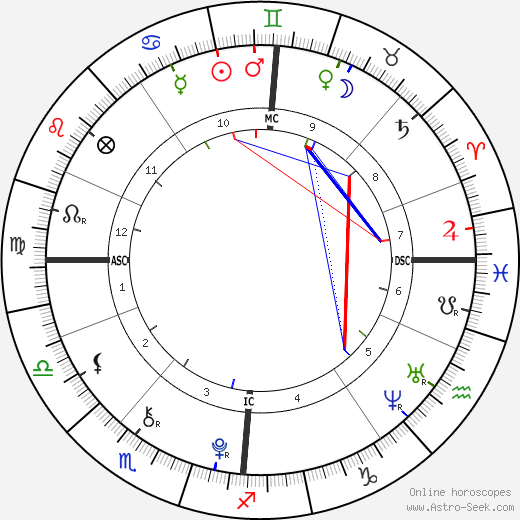Junia wrote:
FOR HELP OUTSIDE THIS SIMPLE TUTORIAL, CHECK OUT THIS LINK
PART ONE
------------------------------------------------------------------
Hello!
I am going to make a thread about western astrology (tropical chart) and one about vedic astrology (sidereal chart). I am going to teach much of the basics, so you can get a better glimpse of how reading charts work.
I am going to fill in with more from time to time, and if you have anything particular that you think I forgot to bring up, then feel free to write.
------------------------------------------------------------------
WESTERN ASTROLOGY
Planets
In western astrology, we use many types of planets and points. The most common are Sun, Moon, Mercury, Venus, Mars, Jupiter, Saturn, Uranus, Neptune, Pluto, north node (Rahu) and south node (Ketu). However, there are also room for others that are little bit unusual like Chiron, Lilith and Part of Fortune (there are more, but we can stop here).
One thing to notice is that the three outer planets (Uranus, Neptune and Pluto) have very large orbits and it takes them years to go through a particular sign. That is why they are seen as generational planets rather than personal planets. That means that they tell more about your generation than yourself.
There are different keywords that desribe each planet. Here is a list of what the planets in general stands for:

The north and south node stands for karma and karmic lesson. These nodes are in general very important. South node is where you got lots of experiences from past life, while north node is where you have very little experience, so by karma your life lesson is to balance between those two and move towards the north node in this life. They are ALWAYS exactly 180 degrees from each other, in other words, they are opposite from each other.
Other points/planets
Chiron - the wounded healer. This is basically where you are the most wounded from lifetime to lifetime, but it makes you wise in this area so you can heal others.
Lilith - Represents your dark part of personality, where your hidden passion lies (read sexual passion), and feel most alive.
Part of Fortune - Your basic luck in life.
------------------------------------------------------------------
The major angles/axes
(This part is if you know your birth time - it has a tie with the section about houses too)
There are 4 major angles in the chart: The ascendant (AC), descendant (DC), midheaven/medium coeli (MC) and lower heaven/imum coeli (IC).
The AC and DC are always 180 degrees from each other and the MC and IC are always 180 degrees from each other.
The AC stands for where your chart begin. This describes how you project your personality to the world (read, how the world sees you).
The DC stands for partnerships and the outer world. This describes how you cooperate with other people and the environment around you.
The MC is the northest part of your chart, that is why it is also called the Midheaven. This represents the direction you are going in your life, and how you will be seen by others in your career and your adult persona.
The IC is the lowest part of your chart, therefore the Lower Heaven. This represents your roots, how your childhood was like and how your homelife was like.
------------------------------------------------------------------
The signs
As you probably already familiar with, there are signs in a horoscope. I bet you already know your sun sign, and some of you probably know your moon sign and ascendant sign. But what maybe is new for you is that every planet has a particular sign, depending on where it sits. Combination between this planet and this sign tells something about you (even if you have to put other factors in, but that is another story). I am not going to tell what each sign represents, because that is quite complex, and you can search it up for yourself, but here's basically the list of the signs:

Elements & Modalities
The signs can be grouped into elements and modalities.
Elements stands for different powers that the signs contain while the modalities show how these elements expresses in diffrent ways and degrees.
Here's a picture of the elements and which sign have which element:

The modalities and signs:

The descriptions of the three modalities (with the elements) are:

------------------------------------------------------------------
The 12 houses
If you know your exact birth of time, then you can know your houses. Houses represents areas in your life that will be affected depended on what planet and what sign that sits in what house. I will show an example of a chart with and without houses so you can see how they look like. Here's a chart without houses:

And here's a chart with houses:
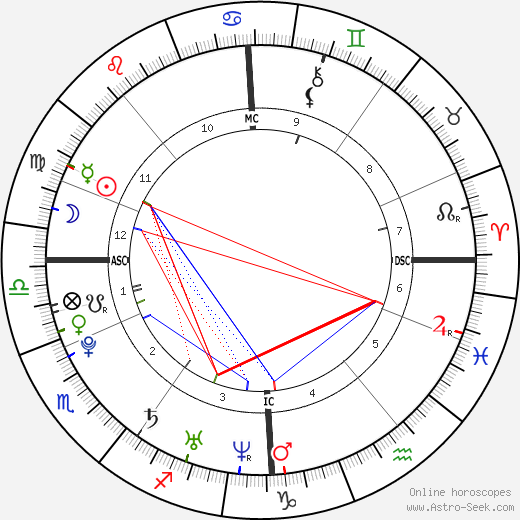
Notice the difference?
Here is an illustration of some of the houses' keywords:

------------------------------------------------------------------
Aspects
Notice some lines that goes from planet to planets in a chart? These are called aspects. Aspects represent a certain relationship between the two planets and their signs, houses and so on in the chart. The most famous type of aspect is a conjunction which is basically when two planets (or angles) sit at the same degree or almost the same degree (close to each other). However, there are other aspects as well. I am going to show the most common used ones and what they are known for in a picture:

The harmonic aspects are seen as good aspects, these are the "easy" ones. The dynamic aspects are seen as the hard aspects. Does that mean that it is just bad to have this kind of aspect or good to have a harmonic aspect? Not necessarily. The good news for the hard aspects are that if you master this particular side of your self that they represent, (even if it is stressful and hard), you become very skilled and like a master in that area. (You can compare it with becoming streetsmart). At the same time, with the easier aspects, the downside of this is that you can become lazy. So depending on how you will see this, there are good and bad news for both.
FOR HELP OUTSIDE THIS SIMPLE TUTORIAL, CHECK OUT THIS LINK
PART ONE
------------------------------------------------------------------
Hello!
I am going to make a thread about western astrology (tropical chart) and one about vedic astrology (sidereal chart). I am going to teach much of the basics, so you can get a better glimpse of how reading charts work.
I am going to fill in with more from time to time, and if you have anything particular that you think I forgot to bring up, then feel free to write.
------------------------------------------------------------------
WESTERN ASTROLOGY
Planets
In western astrology, we use many types of planets and points. The most common are Sun, Moon, Mercury, Venus, Mars, Jupiter, Saturn, Uranus, Neptune, Pluto, north node (Rahu) and south node (Ketu). However, there are also room for others that are little bit unusual like Chiron, Lilith and Part of Fortune (there are more, but we can stop here).
One thing to notice is that the three outer planets (Uranus, Neptune and Pluto) have very large orbits and it takes them years to go through a particular sign. That is why they are seen as generational planets rather than personal planets. That means that they tell more about your generation than yourself.
There are different keywords that desribe each planet. Here is a list of what the planets in general stands for:
The north and south node stands for karma and karmic lesson. These nodes are in general very important. South node is where you got lots of experiences from past life, while north node is where you have very little experience, so by karma your life lesson is to balance between those two and move towards the north node in this life. They are ALWAYS exactly 180 degrees from each other, in other words, they are opposite from each other.
Other points/planets
Chiron - the wounded healer. This is basically where you are the most wounded from lifetime to lifetime, but it makes you wise in this area so you can heal others.
Lilith - Represents your dark part of personality, where your hidden passion lies (read sexual passion), and feel most alive.
Part of Fortune - Your basic luck in life.
------------------------------------------------------------------
The major angles/axes
(This part is if you know your birth time - it has a tie with the section about houses too)
There are 4 major angles in the chart: The ascendant (AC), descendant (DC), midheaven/medium coeli (MC) and lower heaven/imum coeli (IC).
The AC and DC are always 180 degrees from each other and the MC and IC are always 180 degrees from each other.
The AC stands for where your chart begin. This describes how you project your personality to the world (read, how the world sees you).
The DC stands for partnerships and the outer world. This describes how you cooperate with other people and the environment around you.
The MC is the northest part of your chart, that is why it is also called the Midheaven. This represents the direction you are going in your life, and how you will be seen by others in your career and your adult persona.
The IC is the lowest part of your chart, therefore the Lower Heaven. This represents your roots, how your childhood was like and how your homelife was like.
------------------------------------------------------------------
The signs
As you probably already familiar with, there are signs in a horoscope. I bet you already know your sun sign, and some of you probably know your moon sign and ascendant sign. But what maybe is new for you is that every planet has a particular sign, depending on where it sits. Combination between this planet and this sign tells something about you (even if you have to put other factors in, but that is another story). I am not going to tell what each sign represents, because that is quite complex, and you can search it up for yourself, but here's basically the list of the signs:

Elements & Modalities
The signs can be grouped into elements and modalities.
Elements stands for different powers that the signs contain while the modalities show how these elements expresses in diffrent ways and degrees.
Here's a picture of the elements and which sign have which element:

The modalities and signs:

The descriptions of the three modalities (with the elements) are:

------------------------------------------------------------------
The 12 houses
If you know your exact birth of time, then you can know your houses. Houses represents areas in your life that will be affected depended on what planet and what sign that sits in what house. I will show an example of a chart with and without houses so you can see how they look like. Here's a chart without houses:

And here's a chart with houses:

Notice the difference?
Here is an illustration of some of the houses' keywords:

------------------------------------------------------------------
Aspects
Notice some lines that goes from planet to planets in a chart? These are called aspects. Aspects represent a certain relationship between the two planets and their signs, houses and so on in the chart. The most famous type of aspect is a conjunction which is basically when two planets (or angles) sit at the same degree or almost the same degree (close to each other). However, there are other aspects as well. I am going to show the most common used ones and what they are known for in a picture:

The harmonic aspects are seen as good aspects, these are the "easy" ones. The dynamic aspects are seen as the hard aspects. Does that mean that it is just bad to have this kind of aspect or good to have a harmonic aspect? Not necessarily. The good news for the hard aspects are that if you master this particular side of your self that they represent, (even if it is stressful and hard), you become very skilled and like a master in that area. (You can compare it with becoming streetsmart). At the same time, with the easier aspects, the downside of this is that you can become lazy. So depending on how you will see this, there are good and bad news for both.



 0
0 0
0 0
0 0
0 To join the forums you need to be logged in.
To join the forums you need to be logged in.





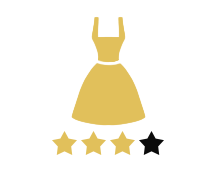



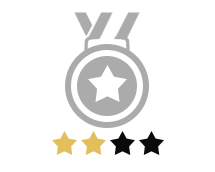

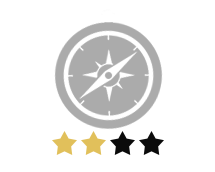


 14
14